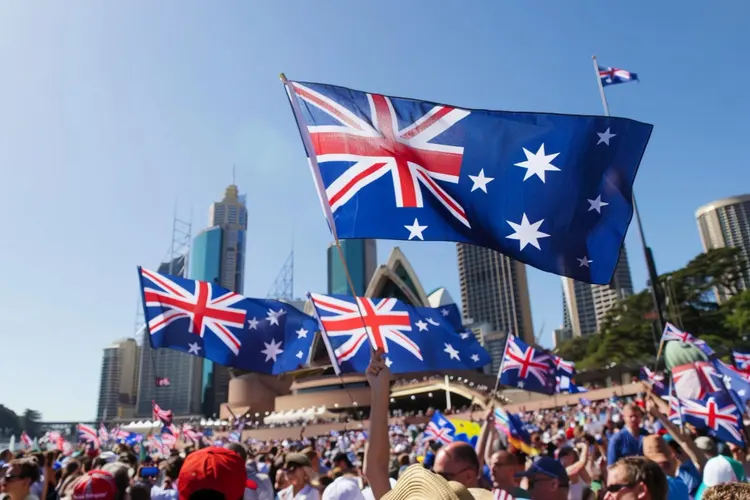
Australia is one of the popular destinations for many who aspire to live, work, and settle abroad. The country has excellent healthcare, a high standard of living, and a robust economy. Obtaining a Permanent Residency (PR) in Australia can be a gateway to a new life filled with opportunities. In this blog, we will guide you through the process of obtaining PR in Australia, including fees, eligibility, and step-by-step instructions.
Table of Contents
ToggleTo get a PR in Australia, you must meet certain eligibility criteria which vary depending on the visa subclass you apply for. Generally, the eligibility criteria include English proficiency, skill assessment, age, health and character requirements, and a points test. You must be under 45 years of age and demonstrate competent English skills through tests like IELTS or PTE. You must be qualified to be employed in a career listed in the skilled occupation list, and you need to have your skills assessed by the appropriate assessing authority. In addition, you have to meet the minimum points requirements based on age, work experience, education, and English language proficiency. Applicants should also meet the health and character requirements.
Depending on the visa category, there are different fees for PR applications. The price for a primary application is roughly AUD 4,045. The cost is AUD 2,020 for secondary applicants who are over 18 and AUD 1,010 for those who are under 18. English language proficiency tests, talent assessment fees, physicals, and police checks could incur additional expenses. Setting aside money for these costs is necessary to guarantee a seamless application procedure.
There are several pathways to obtain PR in Australia. The most common ones include skilled migration visas, employer-sponsored visas, family-sponsored visas, and business and investment visas.
Skilled Migration Visa Options for Australia PR are for individuals with relevant skills that are in high demand in Australia. Employers, states, or territories that do not sponsor skilled workers may use Subclass 189 (Skilled Independent Visa). Skilled workers nominated by a state or territory government in Australia are eligible for Subclass 190 (Skilled Nominated Visa). For skilled workers who are nominated by a state or territory or who are sponsored by an eligible family member, there is a subclass 491 (Skilled Work Regional (Provisional) Visa) that allows them to live and work in regional Australia.
Employer-sponsored visas: Employers in Australia may propose skilled individuals under Subclass 186, which is known as the Employer Nomination Scheme. Employers in regional Australia may propose skilled workers under Subclass 187 (Regional Sponsored Migration Scheme).
Family-Sponsored Visas: Family-Sponsored Visas are for parents or spouses of Australian citizens or permanent residents. Parents of Australian citizens or permanent residents are eligible for the Parent Visa. Spouses or de facto partners of Australian citizens or permanent residents are eligible for the Partner Visa.
Business and Investment Visas: Those who want to invest in a business or a specific investment in Australia can apply for a business or investment visa. For these people, there is the Subclass 188 (Business Innovation and Investment (Provisional) Visa).

Determine if you meet the basic eligibility criteria for the PR visa subclass you are interested in. This entails verifying your age, level of English proficiency, skills, character, health, and score in the point-based system.
To make sure your abilities meet Australian requirements, get them evaluated by the appropriate evaluating authority. This is an important step because it validates your credentials and professional background.
Show that you are proficient in the language by passing an authorized test. Exams such as the PTE and IELTS are well recognized.
Lodge an EOI through SkillSelect, indicating your interest in applying for a PR visa. This step is vital as it allows Australian authorities to consider you for a visa.
If your EOI is selected, you will receive an ITA to lodge a PR visa application. This invitation is purely based on the demand for your skills and points scores.
Submit a complete and error-free application along with all required documents and application fees. Ensure all information is accurate and comprehensive.
Health screening and police verification is an essential part of the application process. These checks ensure you meet Australia’s health and character requirements.
A minimum time is required for the Department of Home Affairs to process your application and make a decision. This period can vary, so patience is essential.
If approved, you will receive your PR visa, allowing you to live and work in Australia permanently.
You have to successfully navigate the Permanent Resident process to become an Australian PR holder. To increase your chances of acceptance, attain better points by gaining more professional experience, improving language proficiency, or obtaining higher educational qualifications. Choose the most appropriate visa subclass that best suits your qualifications and background. Applying for a state nomination will increase your chances of receiving an ITA. Registered migration agents or consultants can provide you with valuable guidance on PR procedures and ensure your application is well-prepared.
Seek Professional Help: Consult with a registered migration agent for expert guidance in the PR application process.
In Australia, obtaining permanent residence (PR) is a rigorous process that needs to be planned out and followed exactly. You can start a fresh road toward becoming an Australian Permanent Resident by being aware of the procedures and fulfilling the requirements. Personalized advice from knowledgeable immigration consultants in Kerala will boost your chances of success and offer invaluable assistance to obtain a PR in Australia.
If you have any doubts or need further assistance with your PR application, feel free to reach out to us. Good luck with your PR application!
To secure PR in Australia from India, candidates can explore the Skilled Migration Program, which includes visas like the Subclass 189 (Independent Skilled), Subclass 190 (State Nominated), and Subclass 491 (Regional Provisional). Each visa type has specific eligibility criteria such as age, qualifications, work experience, and English language proficiency. Scoring well in the points test, which assesses these criteria, is crucial for receiving an invitation to apply for PR.
One of the most accessible routes to Australian PR is through the General Skilled Migration (GSM) pathway, particularly the Subclass 189 visa. It is designed for skilled workers whose occupation is listed on the Skilled Occupation List (SOL). Unlike other visas, it does not require sponsorship from an employer or state government, making it an attractive option for those with in-demand skills
While obtaining Australian PR is achievable, the process can be intricate and demanding due to the points-based system and strict eligibility requirements. Factors like fluctuating occupation ceilings, changes in immigration policies, and competitive point thresholds can make the journey to PR challenging. Nonetheless, proper preparation and aligning your profile with in-demand occupations can significantly improve your chances.
Although the minimum requirement for submitting an Expression of Interest (EOI) for the Subclass 189 visa is 65 points, having 75 points increases your chances of receiving an invitation. However, the actual points threshold may vary depending on the demand for your occupation and the number of available slots, with higher points generally offering a stronger chance of success.
To apply for Australian PR, you’ll need a valid passport, English language test results (such as IELTS or PTE), proof of relevant work experience, skills assessment from an authorized body, educational certificates, health and character checks, and a completed Expression of Interest (EOI) submission. Each visa subclass may have additional requirements
The processing time for Australian PR can vary depending on the visa subclass you apply for and the complexity of your case. On average, processing times for visas like Subclass 189 and 190 can range between 6 to 12 months. Factors such as document submission, accuracy, and policy changes may affect the timeline.
Permanent residents in Australia enjoy numerous benefits, including the ability to live and work anywhere in the country, access to Medicare (Australia’s public health care system), and educational loans for higher studies. PR holders can also sponsor eligible relatives for residency and apply for citizenship after meeting the necessary requirements.
To improve your chances of securing Australian PR, aim to increase your points score by enhancing your English proficiency, gaining additional work experience, or obtaining higher educational qualifications. Consider applying for state nomination (Subclass 190) or regional sponsorship (Subclass 491), as these visas offer additional points. Additionally, staying updated on in-demand occupations and aligning your skills with Australia’s needs can give you an edge in the process.
You can track your Australian PR application status online through your ImmiAccount on the Department of Home Affairs website. After submitting your application, you’ll receive a Transaction Reference Number (TRN), which you can use to monitor updates and check the progress of your visa application. Regularly logging in to your ImmiAccount will provide you with any necessary actions or updates from immigration authorities.

We are officially recognised specialists in issuing all types of visas around the world.
© 2024 Universal Migration. All rights reserved. Privacy Policy | Terms of Service.